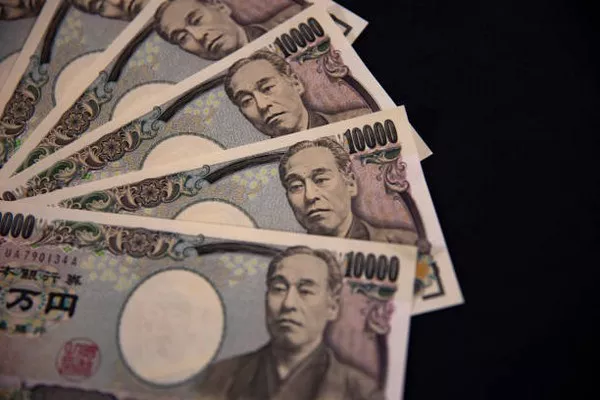Japanese authorities are grappling with mounting pressure to counteract the sustained depreciation of the yen, driven by expectations that further interest rate hikes by the central bank will be gradual.
Last Confirmed Yen-Buying Intervention
Japan last intervened in the currency market in September 2022, marking its first intervention since 1998. This action followed a Bank of Japan (BOJ) decision to maintain an ultra-loose monetary policy, resulting in the yen depreciating to as low as 145 per dollar. Subsequently, another intervention occurred in October when the yen hit a 32-year low of 151.94 against the dollar.
Reasons for Intervention
While the Ministry of Finance typically sells yen to prevent its appreciation, thereby supporting the export-reliant economy, the current weakness of the yen has become concerning. Japanese firms have shifted production overseas, and the economy heavily relies on imports ranging from fuel to machinery parts.
Signals of Imminent Intervention
Japanese authorities signal intervention by escalating verbal warnings, asserting they are “ready to act decisively” against speculative moves. Additionally, rate checking by the BOJ, where officials inquire about buying or selling rates for the yen, is viewed as a precursor to intervention.
Recent Developments and Challenges
Following Finance Minister Shunichi Suzuki’s warning on March 27 against yen weakness, an emergency meeting was held to address the issue. Despite subsequent verbal interventions and trilateral discussions with the United States and South Korea, the yen’s decline persisted, with the USD/JPY pair surpassing 155.
Trigger and Political Context
The decision to intervene hinges on public sentiment, particularly when public discontent over the weak yen and rising living costs intensifies. Prime Minister Fumio Kishida may feel compelled to act, especially amid waning approval ratings ahead of a critical ruling party leadership race.
Intervention Mechanism
Intervention involves the Ministry of Finance issuing short-term bills to raise yen, subsequently selling the currency to weaken it. To bolster the yen, authorities tap Japan’s foreign reserves for dollars.
Coordination and Global Considerations
Japanese authorities prioritize gaining the support of Group of Seven (G7) partners, particularly the United States, when intervening. Washington’s tacit approval during Japan’s 2022 intervention underscores bilateral relations’ importance.
Challenges and Future Outlook
Despite intervention efforts, the weak-yen trend driven by expectations of prolonged low interest rates poses a formidable challenge. BOJ Governor Kazuo Ueda has hinted at rate hikes cautiously, mindful of Japan’s fragile economy.
In conclusion, while intervention remains a strategic tool to address currency challenges, its effectiveness in shifting the yen’s trajectory amid complex economic dynamics and global considerations remains uncertain.


